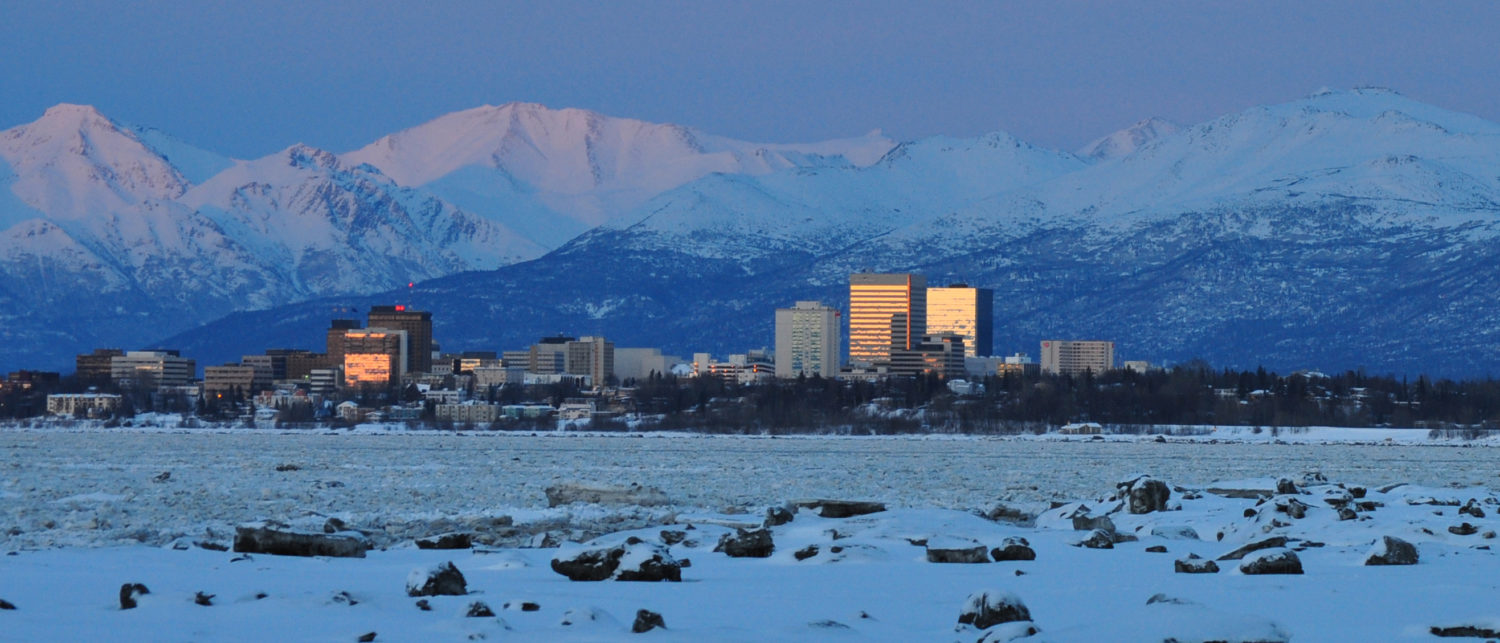Alaska is flush with cash from last year’s federal infrastructure funding bill, the bipartisan Infrastructure Investment and Jobs Act. Many programs are rolling out, and Alaska municipalities, tribes and state agencies are applying for funding. This massive influx of federal infrastructure dollars is unprecedented. How we invest in our transportation system, energy grid and community infrastructure projects will shape Alaska for decades to come. We must proceed thoughtfully with these funding decisions to ensure infrastructure fosters safe and healthy communities, flourishing ecosystems and a livable climate for future generations. To ensure this future, representatives of nonprofits across sectors compiled some broad principles.
First, infrastructure design, construction and operations must minimize impacts to fish and wildlife. Alaskans love and rely on our natural environment; Alaska Native peoples have lived off and in Alaska’s rich lands and waters for thousands of years. Our fishing and tourism industries need healthy lands and water to succeed. New projects must avoid fracturing habitats, introducing pollutants and disrupting migration patterns. Prioritizing ferry routes and applying a “fix it first” mentality to roads and bridges can help us ensure that as many ecosystems as possible stay healthy and intact. If we want future generations to be able to fill their freezers and enjoy Alaska’s unmatched natural beauty, we cannot compromise the health of our lands and waters and the fish and wildlife that rely on them.
Next, new infrastructure must help reduce greenhouse gas pollution. Plans must support lower carbon options like public transit, walking, biking trails and electric vehicle charging for transportation. We also need to move freight efficiently. When full, boats and trains produce less greenhouse gas pollution than airplanes and trucks. Therefore, we should prioritize water and rail infrastructure for common routes. We must take advantage of the money available to make buildings more efficient, develop equitable renewable energy infrastructure, and phase in electric vehicles. We have an opportunity now to jump-start and seed our energy transition. Additionally, plans must consider the changing climate so designs won’t fail under extreme weather.
Finally, the infrastructure we build must work with and for our communities. Infrastructure project decisions should be open, transparent and accountable to the public. Communities should support the projects designed to serve them. Plans should always incorporate safety, environmental and human health protections, including climate change and subsistence. All Alaskans should benefit from this infrastructure investment; low-income communities, Indigenous communities and folks living off the road system should be at the decision-making table for the allocations affecting them. We must prioritize public subsidies for projects that benefit the public, not those used primarily by industry.
Infrastructure shapes our lives, so considering values in advance of projects is the best way to ensure the future we want. Entities eligible for funds — as you plan projects and apply for grants and loans, use these principles to guide your choices. Alaskans — be involved now, ask for the infrastructure you want and need, and hold projects to high standards. Would bike lanes or upgrades to public transit make your commute easier? Does your neighborhood need help to add solar power to your roofs? Does your village need better internet services? What changes to ferry routes would make it more affordable for you to get necessities? Which rivers need fish passages to restore healthy populations? Start by contacting your local leadership — city council, mayors and tribal leadership. Sens. Lisa Murkowski and Dan Sullivan and Rep. Mary Peltola can also provide direction. Tell them what projects your community wants. Together we can set our land, water, climate and community up for a bright future.
Veri di Suvero is executive director of Alaska Public Interest Research Group; Jenny-Marie Stryker is political director for The Alaska Center; June Okada is energy coordinator for Susitna River Coalition; Michaela Stith is climate justice director for Native Movement; and Dyani Chapman is the state director for Alaska Environment.
Originally published on September 18, 2022 in the Anchorage Daily News
Share this Post

